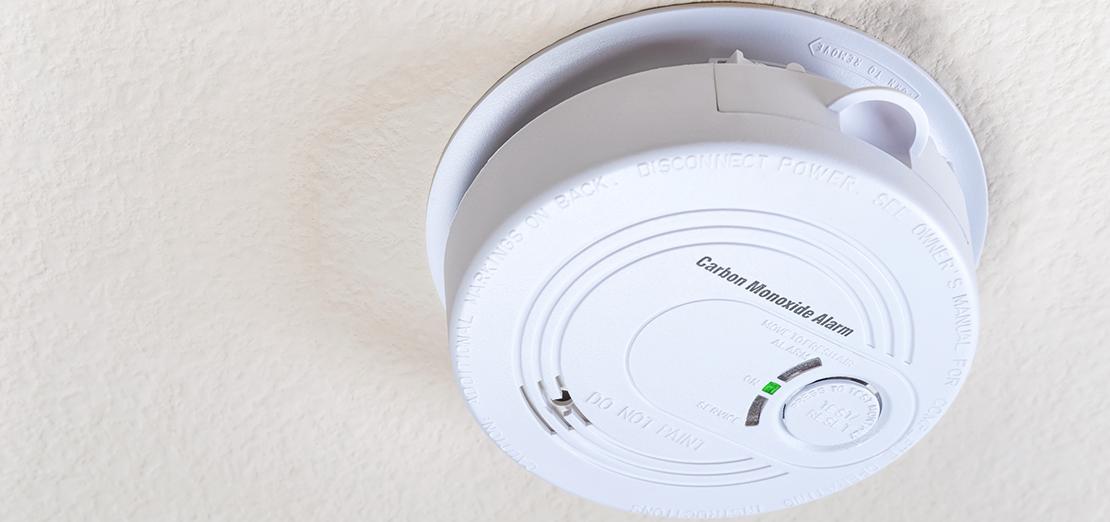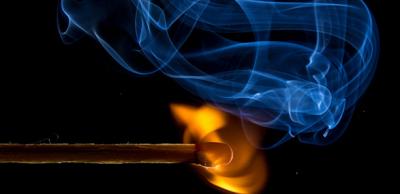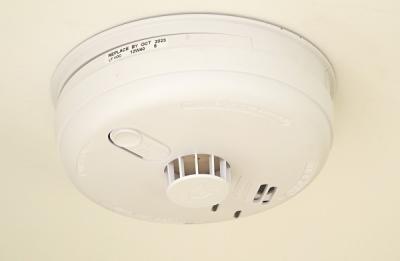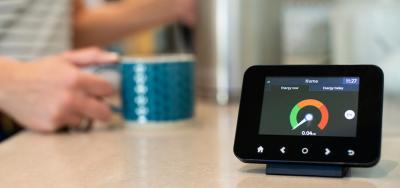How to protect residents from carbon monoxide poisoning
What is carbon monoxide?
Carbon monoxide is colourless, odourless and tasteless. Mild poisoning can cause headaches and flu-like symptoms, whilst higher concentrations can lead to collapse, coma or death.
Sometimes referred to as the 'silent killer', it's estimated that around 20 people die from accidental carbon monoxide poisoning every year in England with around 200 major injuries requiring hospitalisation and around 4,000 minor injuries (details here). The view of some medical experts is that some carbon monoxide poisonings are being wrongly diagnosed and therefore under-reported.
How is carbon monoxide able to leak into a room?
Carbon monoxide is produced by incomplete combustion. It can make its way into a room if:
- A combustion appliance such as a boiler or fire is faulty, poorly installed or maintained
- A flue or chimney is blocked or leaky
Carbon monoxide can be generated by any combustion fuel so it’s important that all appliances are installed and maintained by competent engineers. For gas appliances by law this should be a Gas Safe registered engineer, for solid fuel appliances the approved body is HETAS, and for oil appliances the approved body is OFTEC.
Carbon monoxide alarms/detectors
Audible CO alarms can be used to detect when CO reaches hazardous levels. They are a useful back-up precaution, but they are not a substitute for the proper installation and maintenance of the combustion appliances (the paragraph below explains what these are).
CO detectors can sense small amounts of carbon monoxide in the air (around 300ppm) and give occupants early warning of the potential risk of CO poisoning.
Carbon monoxide is slightly lighter than air and can also be found within warm, rising air – such as that from a fire or boiler. For this reason, detectors should be installed at, or above, a height of 1.5m.
The building regulations cover carbon monoxide detectors in Approved Document J3 – in England the guidance states 'Where a fixed combustion appliance is provided, appropriate provision shall be made to detect and give warning of the release of carbon monoxide.' However, this requirement is currently only limited to CO detectors in newly built dwellings; those created by way of a conversion; or where a new or replacement appliance is being installed.
Combustion appliances
A combustion appliance is defined in Part J of the building regulations in England as being – an 'apparatus where fuel is burned to generate heat for space heating, water heating, cooking or other similar purpose. The appliance does not include systems to deliver fuel to it or for the distribution of heat. Typical combustion appliances are boilers, warm air heaters, water heaters, fires, stoves and cookers.'
Where to fit a CO detector
The advice below on where a carbon monoxide detector should be fitted is provided in:
1) Approved Document J (It is considered appropriate to require carbon monoxide alarms only when fixed appliances that burn solid fuel, gas (excluding gas appliances used solely for cooking) and oil are installed, such alarms can still reduce the risk of poisoning from other types of appliance.)
2) BS EN 50292:2013 which deals with electrical CO detectors in domestic premises, caravans and boats a CO detector should be fitted in every room that contains a combustion appliance and is:
- at least 300mm from any wall (for ceiling mounted alarms)
- at least 150 mm from the ceiling, above the height of any door or window (for wall mounted alarms)
- between 1m and 3m (measured horizontally) from the potential source of CO, for example, a fireplace
- located at the high side of the room where there are sloped ceilings
British Standard BS EN 50292 also makes recommendations on how and where an alarm is fitted. It states that an alarm shouldn't be fitted:
- in an enclosed space
- where it can be obstructed
- directly above a sink
- next to a door, window, extractor fan, air vent or similar ventilation opening
- where the temperature may drop below –10 ºC or exceed 40 ºC
- where dirt and dust may block the sensor
- in a damp or humid location
- in the immediate vicinity of a cooking appliance
How should it be powered?
Carbon monoxide alarms can be powered by:
- A battery designed to operate for the working life of the alarm. The CO alarm should incorporate a warning device to alert users when the working life of the alarm is due to pass.
- Mains power using fixed wiring (not plug-in types) provided they are fitted with a sensor failure warning device.
Additional rules and guidance apply to residential landlords on the installation of CO detectors for any property that they rent out.
The guidance in the Welsh version of Approved Document J is slightly different to that described above, however in April 2023 the Welsh Government consulted on amendments to require that carbon monoxide alarms are fitted alongside the installation of flued fixed combustion appliance of any fuel type in all residential dwellings. LABC will publish a further article about the consultation once any formal changes to the guidance are adopted in Wales.
Please Note: Every care was taken to ensure the information was correct at the time of publication. Any written guidance provided does not replace the user’s professional judgement. It is the responsibility of the dutyholder or person carrying out the work to ensure compliance with relevant building regulations or applicable technical standards.
This article was reviewed and updated on 10 August 2023
Sign up to the building bulletin newsletter
Over 48,000 construction professionals have already signed up for the LABC Building Bulletin.
Join them and receive useful tips, practical technical information and industry news by email once every 6 weeks.
Subscribe to the Building Bulletin





Comments
Ychwanegu sylw newydd